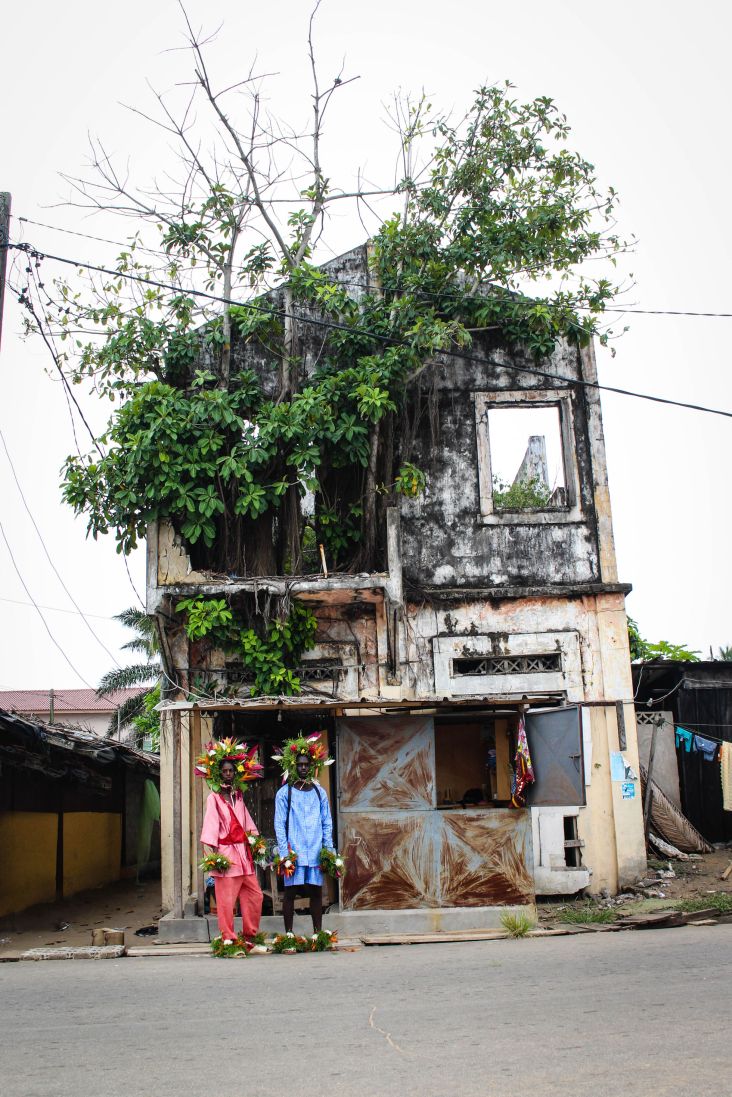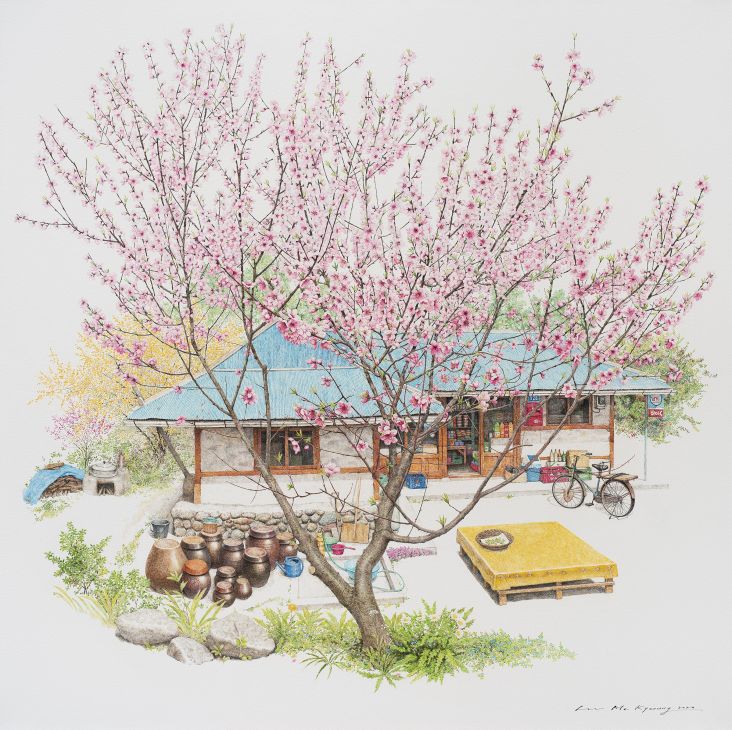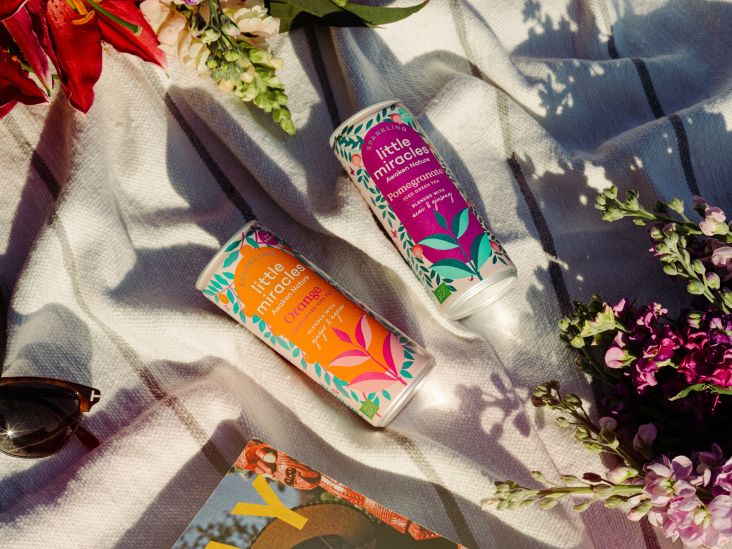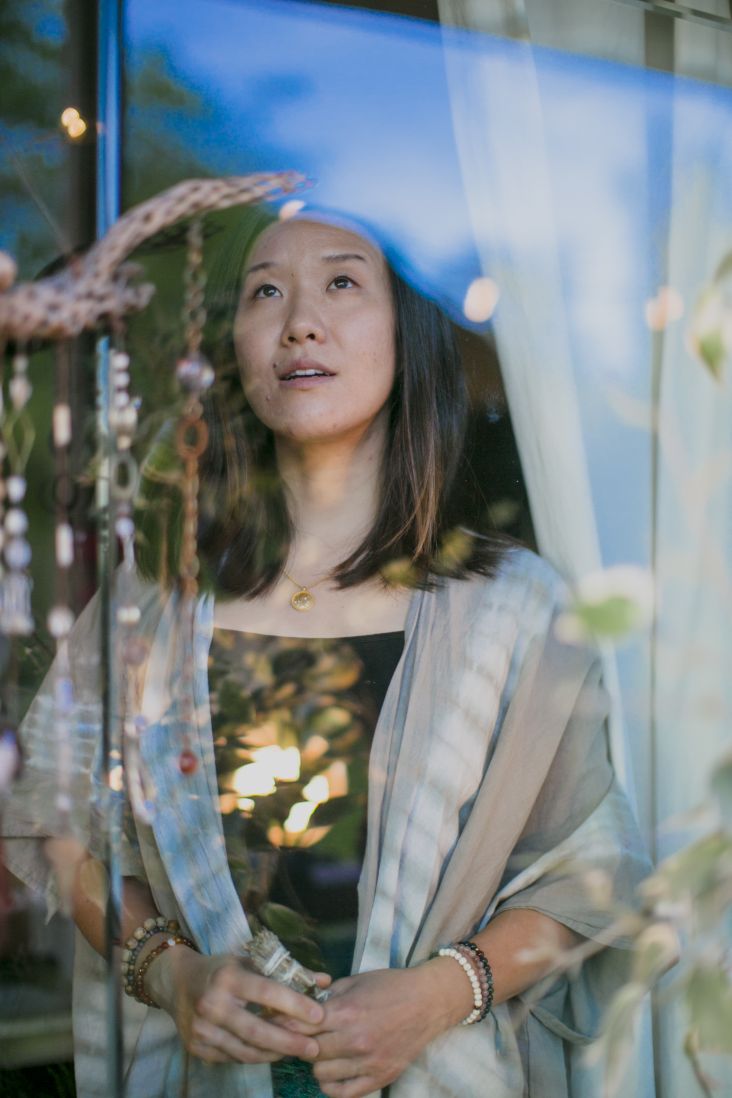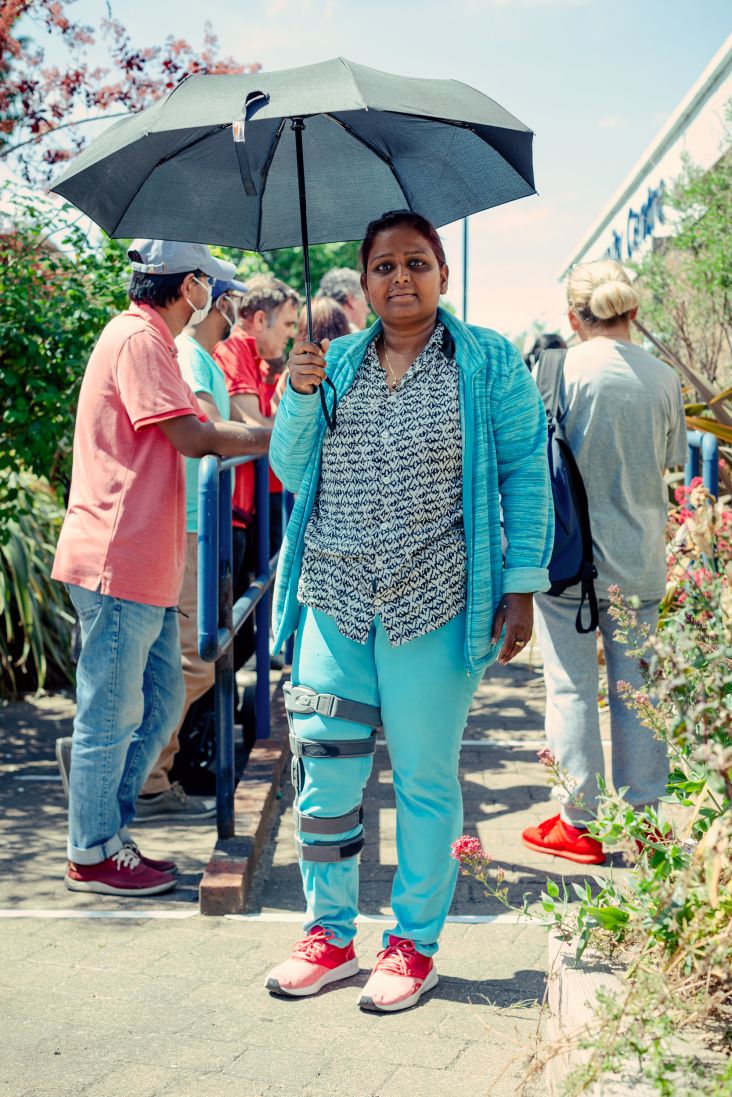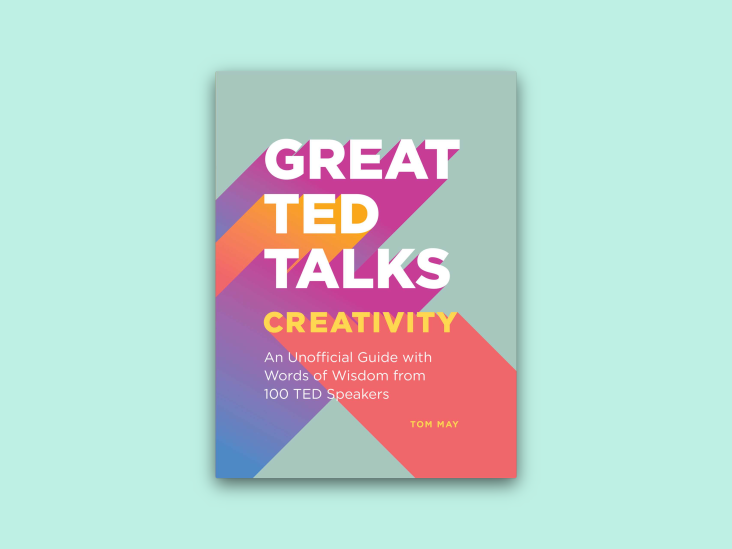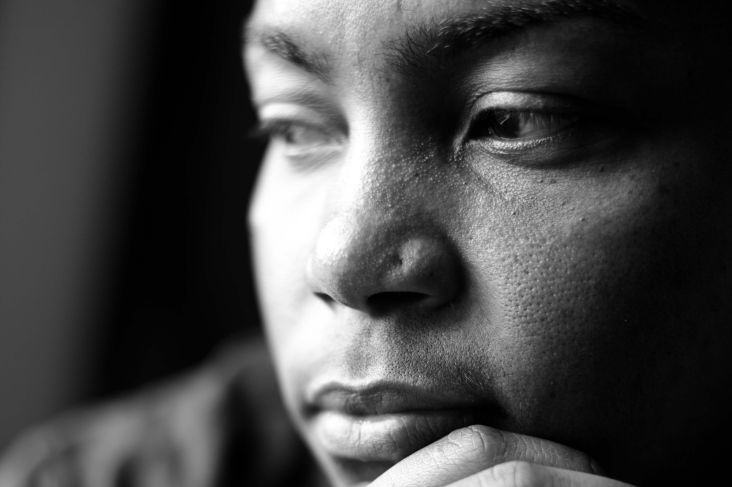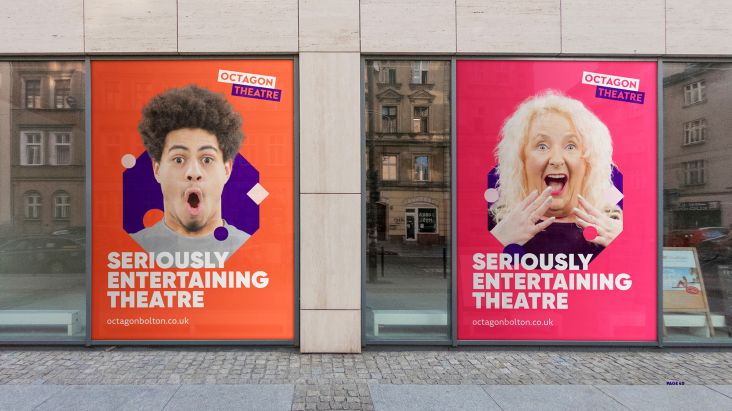Taylor Alarcón on growing up in Chicago, discovering a love of photography, and why he's hopeful for the future
Originally from Chicago, Taylor Alarcón is a self-taught portrait and documentary photographer based in Northern California.
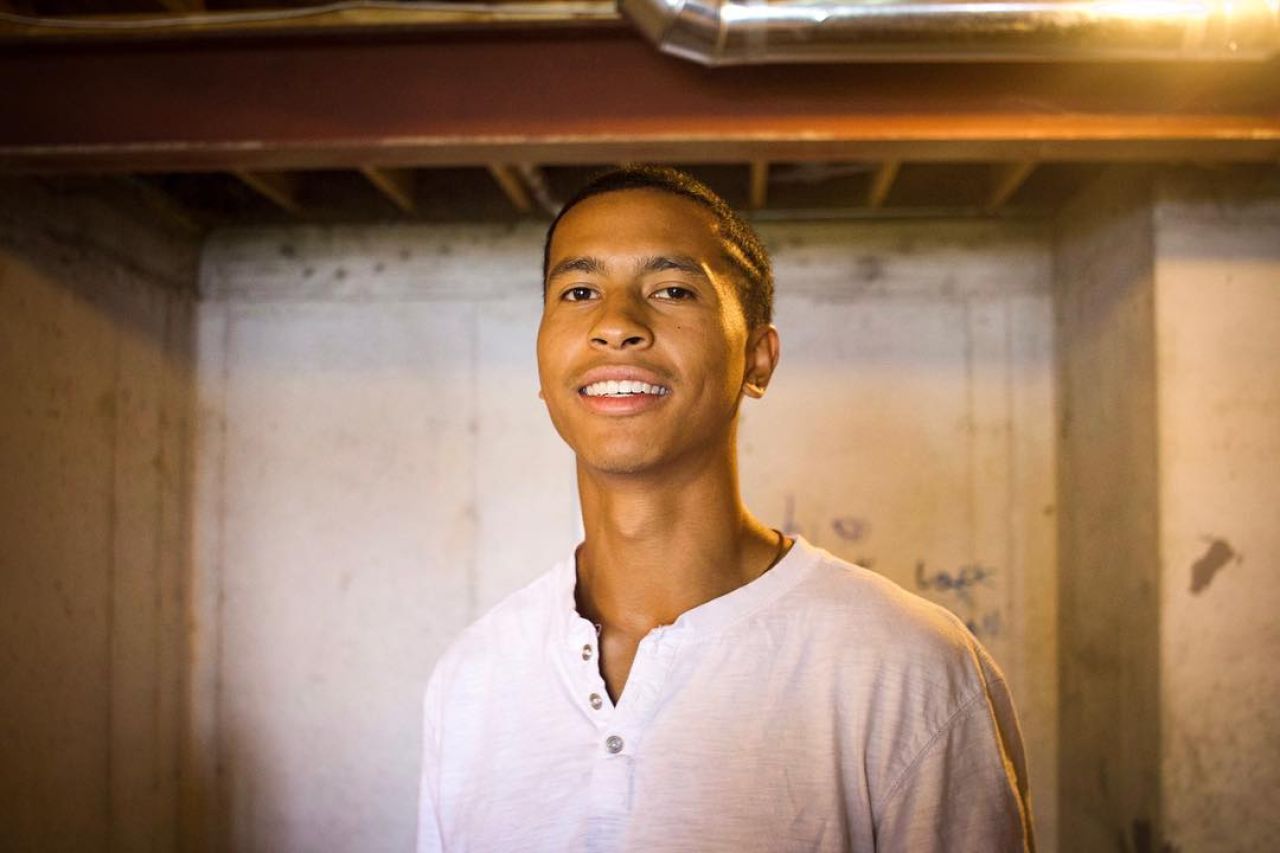
Taylor Alarcón
After a slightly rocky start (more on this later), he graduated from Brown University in 2017 and spent three years rotating between Adobe's customer success and user experience design organisations, focused primarily on copywriting, UX writing, customer success and programme management.
Taylor quit in March 2020 to pursue photography, creative writing and independent journalism, with a mission to challenge the status quo through visual and verbal storytelling. His work explores the intersections of race, class, ethnicity and education. He also has an appreciation for fleeting moments – and likes to share the "everyday thoughts of an urban-dwelling 25-year-old multiethnic male just trying to figure things out".
His most recent series focuses on the #BlackLivesMatter protests of Oakland and Sacramento, documenting an iconic moment in history with peaceful yet radical images that have not been shown in American mass media. We spoke to Taylor about this and more.
How do you feel right now, as a black creative?
To be honest, it's a bit overwhelming. Not just being a black creative, but being a black person in general. The whole situation is undoubtedly a traumatic one, but one that I genuinely believe we can leverage to bring us closer together in the long-term.
In particular to being an artist, I don't think I'm alone in trying to grapple with knowing what kind of art to make, or whether to make art at all. I've found myself unable to focus on a lot of my artwork given the current state of things, how quickly information is being dispersed and how hopeful we are that things will change. I've found solace in other forms of creativity aside from visual arts – getting back into journaling, poetry, group discussions with family and friends, or different types of therapy and self-care.
On the other hand, I also do not think I am alone in believing that, especially as a black artist, I can use my work to make a statement and a difference. I used to focus primarily on street photography, going into downtown areas and capturing what I like to call "fleeting moments", inspired by other photographers of colour like Andre Wagner or Gordon Parks. But more recently, I've shifted my focus towards documenting this moment in history, challenging the status quo and telling stories that might not be told in mass media.
It's a balance, for sure. But overall, I'm feeling good, with an overall sense of hope and positivity amidst the seemingly constant chaos and a few creative ideas coming out as a result of the current circumstance.
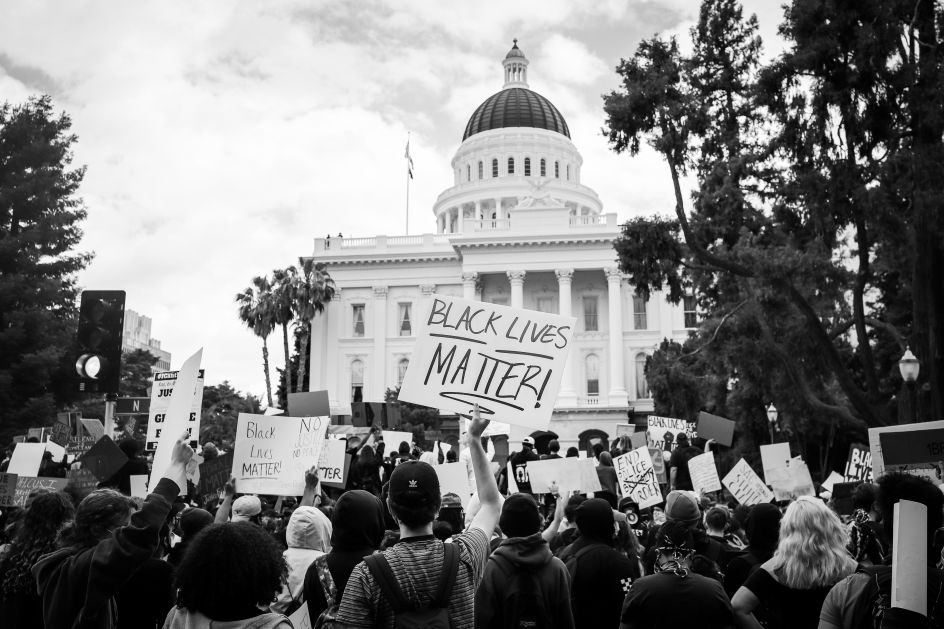
From the series, Resist © Taylor Alarcón
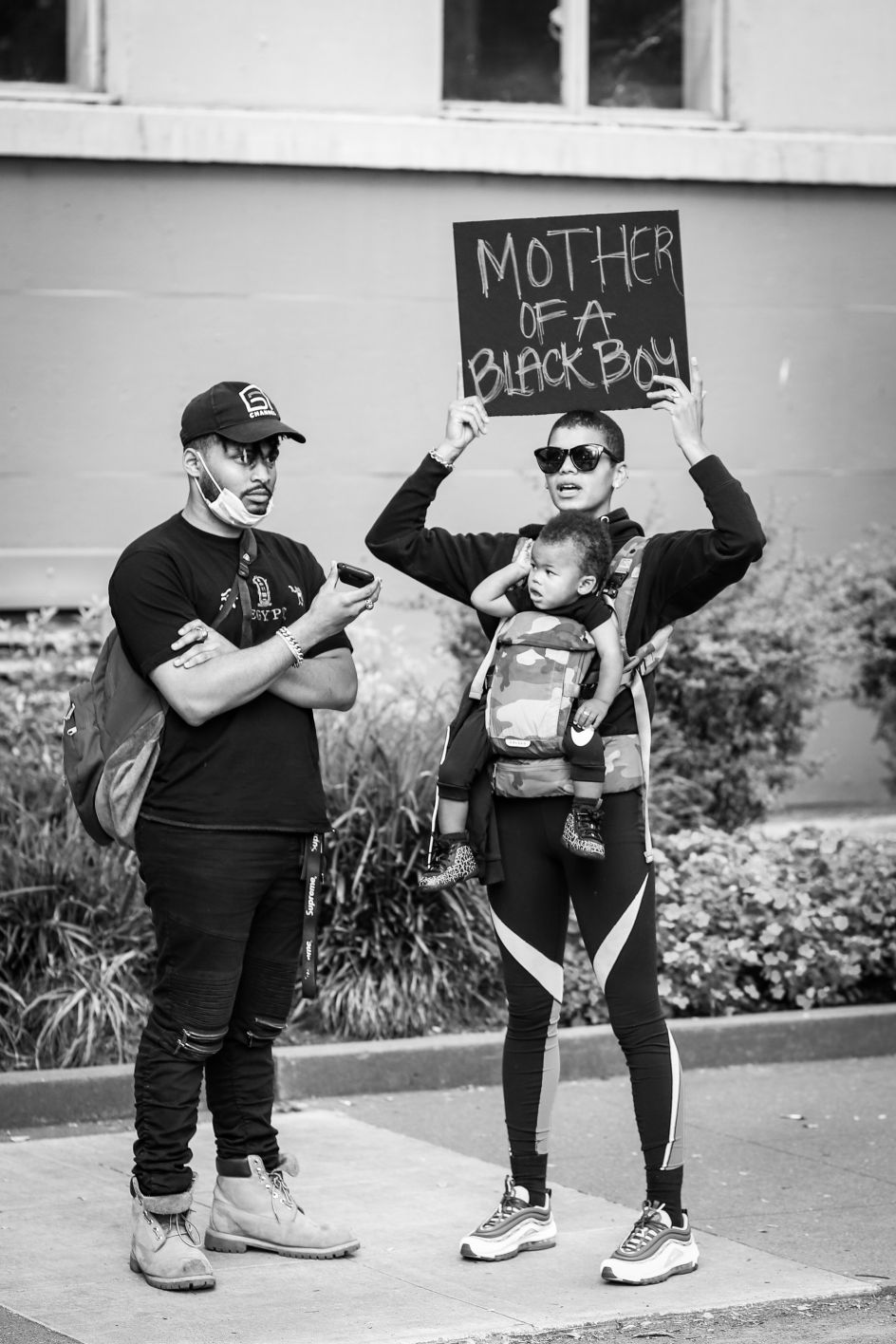
From the series, Resist © Taylor Alarcón
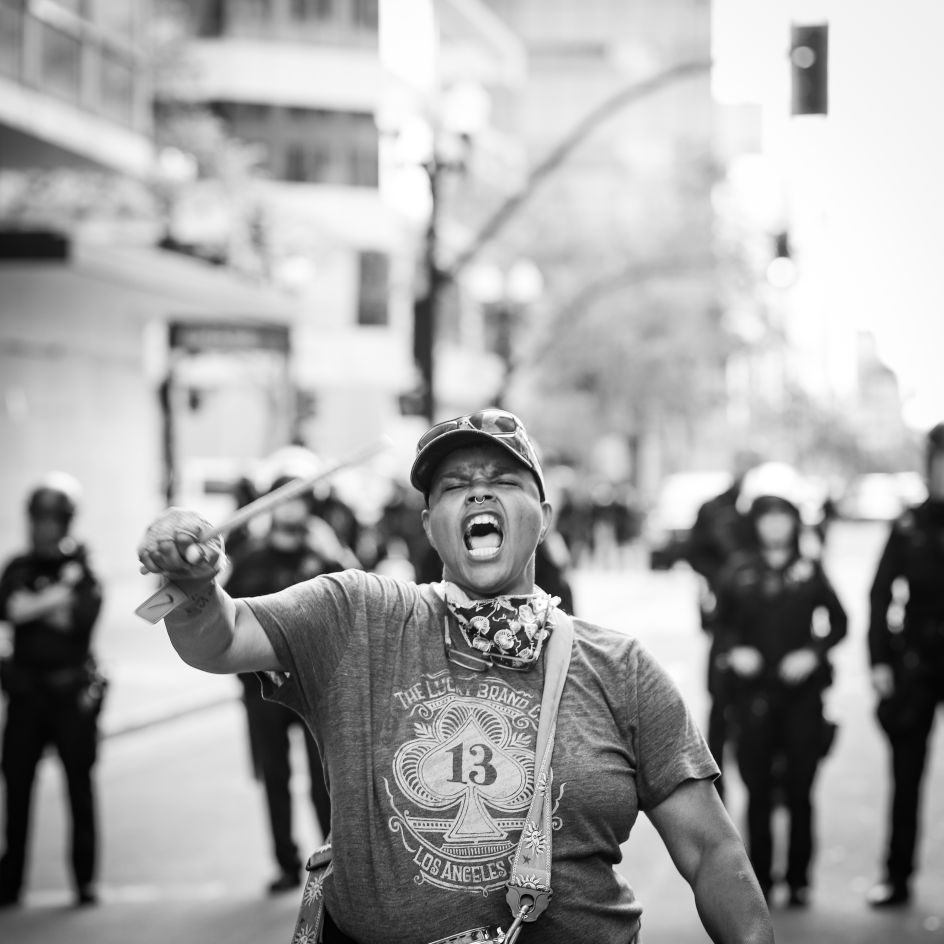
From the series, Resist © Taylor Alarcón
It's important the message stays strong and pushes change. Do you think this time is different?
You know, I actually do. Of course, there's a part of me that's sceptical, especially with photos coming out featuring American politicians sporting kente cloths and videos of conservatives marching with protestors. Of course, there's also a part of me that believes the message is being heard and acted upon. I also think that, with the pent up energy as a result of quarantine and lockdown, activists and citizens alike are more adamant than ever to put pressure on our leaders, domestic and global.
Not to mention the velocity with which information, ideas, and artwork spread – this time, it feels like the whole world is paying attention, marching and demanding with us.
It's taken too long for representation in photography but do you think it's getting there?
It's certainly taken too long, but I think, weirdly, this moment has dramatically expedited the amount of exposure and recognition that black artists are receiving. Truthfully, I pretty much only follow and am inspired by other artists of colour, especially black artists. Still, even amongst the ones I follow, I'm seeing an incredible amount of energy being generated around their work and recognition being given from a variety of sources in the photography space.
Both in front of the lens and behind it, there is definitely a culture of representation moving forward, in terms of the types of photos people want to take and the diversity of stories people want to tell. With a multitude of communities and platforms, it's easier now than ever to get your work out there and seen by the masses, which has been incredible for black people, black artists and black culture.
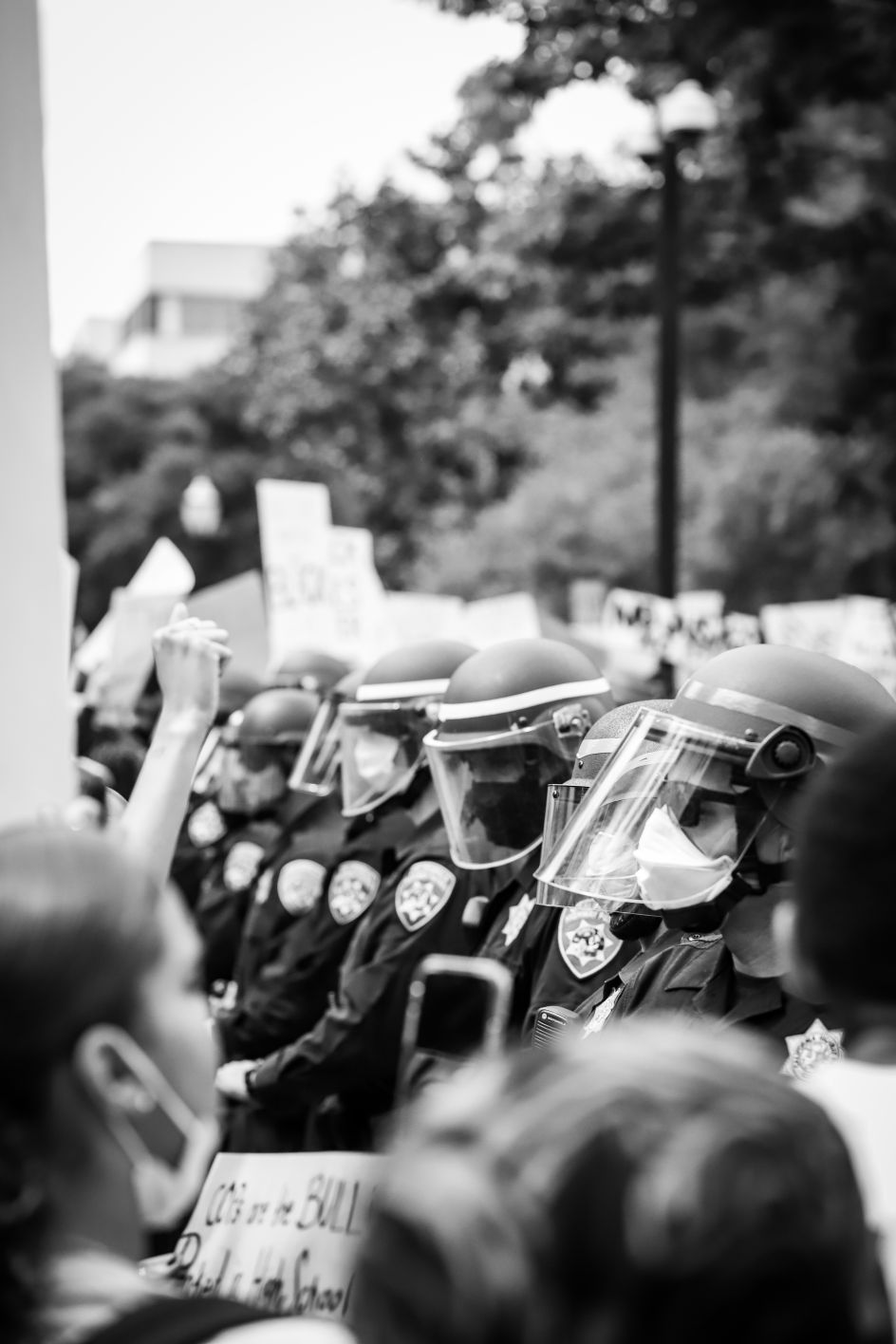
From the series, Resist © Taylor Alarcón
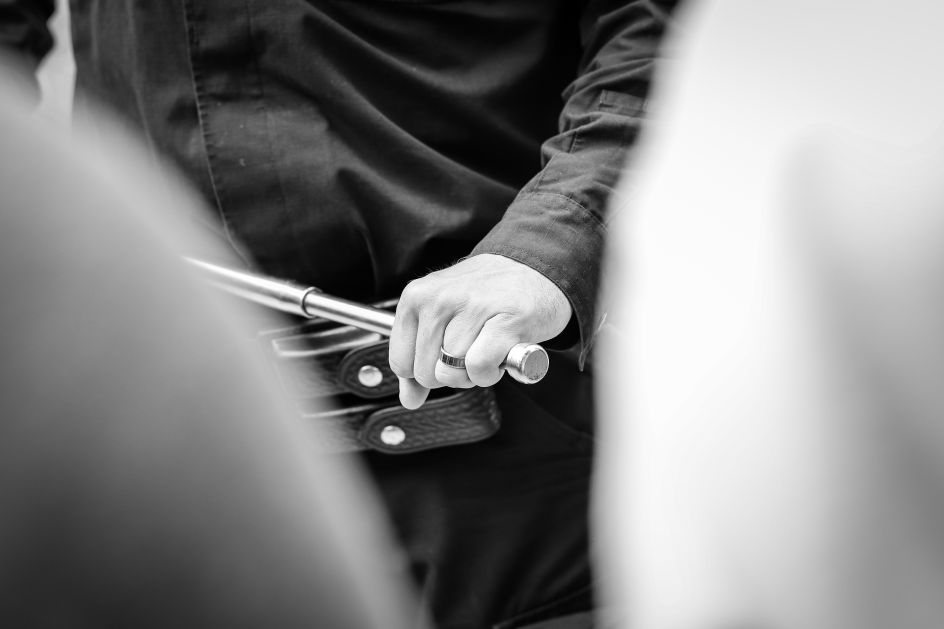
From the series, Resist © Taylor Alarcón
You left Adobe in March to pursue photography – what was the spark to change?
Firstly, let me say that I much enjoyed my time at Adobe and loved the people I met and connected with there — they're family to me. The company is doing great things to increase diversity, recruit creatives and technical people from varying backgrounds and ensure the physical and mental health of all employees. During my time there, I was lead of the Black Employee Network, which started less than five years ago and now has chapters globally, from the Bay Area to Paris.
What sparked the change for me was simply where I hoped to dedicate my mental energy. I wake up every day with ideas. While working, I found myself unfulfilled, having to write my ideas down so that I could pursue them after work (when I had time), but found myself too tired or not nearly as motivated as I was when I first thought of the idea. I assessed what it would take to be able to quit my day job and pursue life as a full-time freelancer, realised it was within reach and jumped right in.
While I am indeed still adjusting, I'm more thankful than ever to take advantage of a spark of creativity or motivation immediately as it arises — no more waiting until after work. I've found that acting on 'aha' moments as they come almost always results in the best art or at least a giant step in the right direction.
Have you always loved photography?
Not at all. My story is that I grew up on the northwest side of Chicago, moving around a lot and continuously figuring out who I was or what I was meant to be, eventually landing in the northern suburbs for junior high.
I tried a lot of things.
I was headed down the wrong path in early high school, but ended up finding community in sports — track & field specifically – where I learned over the years that hard work on the track can be translated to hard work in the classroom, or whatever I put my mind to.
It wasn't until I got to high school, when Instagram became popular, that I started taking pictures where ever I went, editing them on the go and posting them online. Then I discovered VSCO and started playing around with film emulation, the whole time only taking pictures on my phone. I ended up running track in university, where I also decided to save up for my first camera and bought it for myself as a graduation gift. I took the work ethic I had learned from sports and the classroom and decided to put it into my photography and visual arts as well. I took that camera on a cross-country road trip and documented the whole thing, and haven't put it down since.
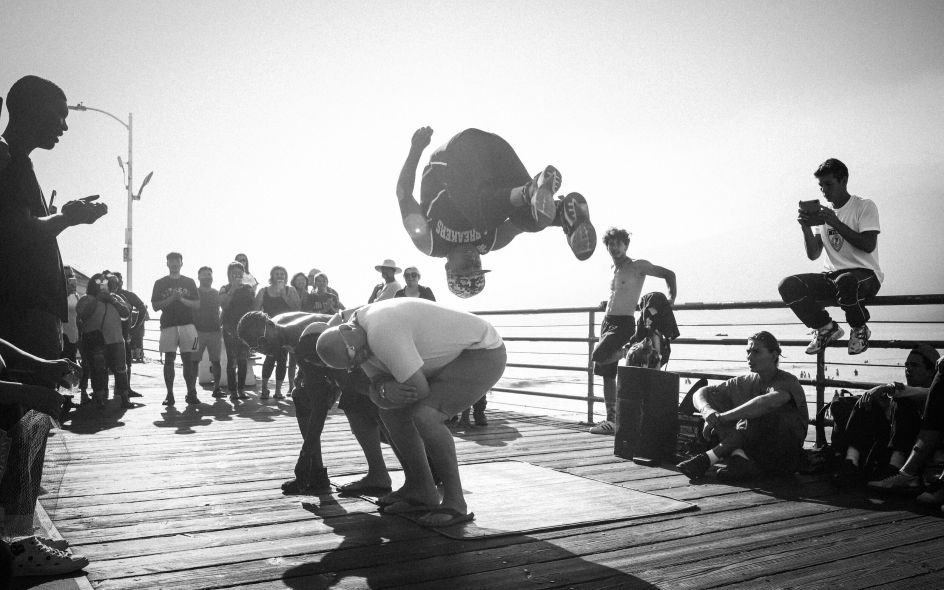
From the series, Fleeting Moments © Taylor Alarcón
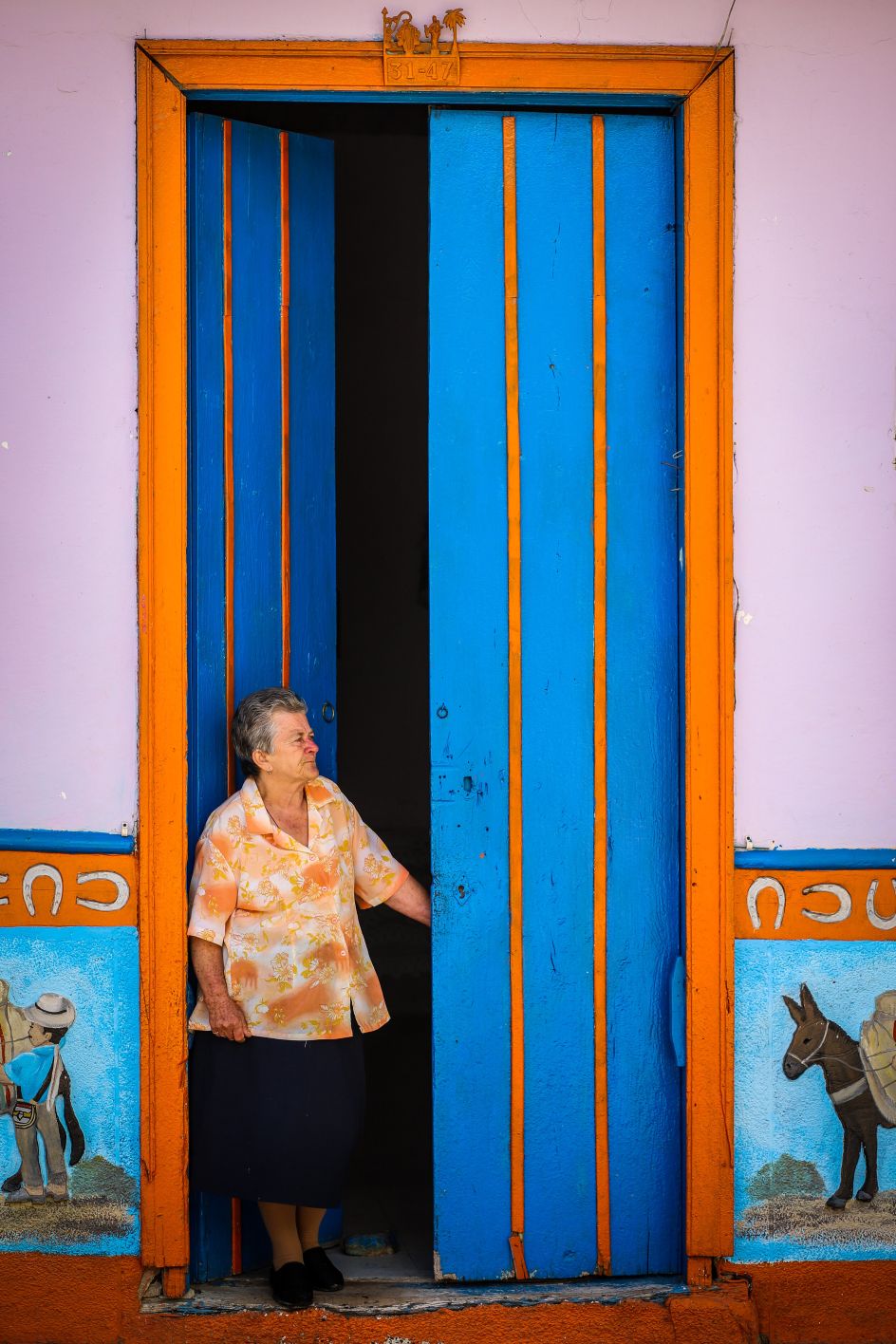
From the series, Fleeting Moments © Taylor Alarcón
What do you look for when taking a picture?
As a portrait and documentary photographer, the first thing I always look for is people. For me, there's something special about seeing another human life on the other side of the camera; there's a story to tell, a whole life to be understood.
Secondly, I always look for context, setting and environment. How much stuff can I fit into one frame without losing any focus on what's most important?
In my work that explores the recent protests, my personal favourites were always the one that gave the viewer a sense of time and place — what kind of style people wore in 2020, what the buildings looked like, the diversity of people that were present and the places they decided to go. The photography that inspires me is the work that makes me feel as if I've entered a time machine and been transferred to the exact date and time that the photo was taken — it is my goal to do that for people who view my work.
What lessons that you learnt from working for someone else have helped in running your own business?
Time management and discipline – although that continues to be a growing pain for me now that I am freelancing full-time. Before, I either had meetings to attend or people to check-in with, but freelancing is very isolating. I create my own schedule. I have to remember to create productivity blocks for myself, so I don't end up pushing all my most important work into the evening.
More than that, though, the workplace teaches you the incredible power of the network and many of the skills to network effectively. As you can imagine, this becomes even more powerful as a freelancer, especially during a time when I'm not meeting many people in-person. I've learned to leverage those closest to me, not just for business but also as a reminder of where I've been and what made me who I am today. I'm very thankful for my current circle.
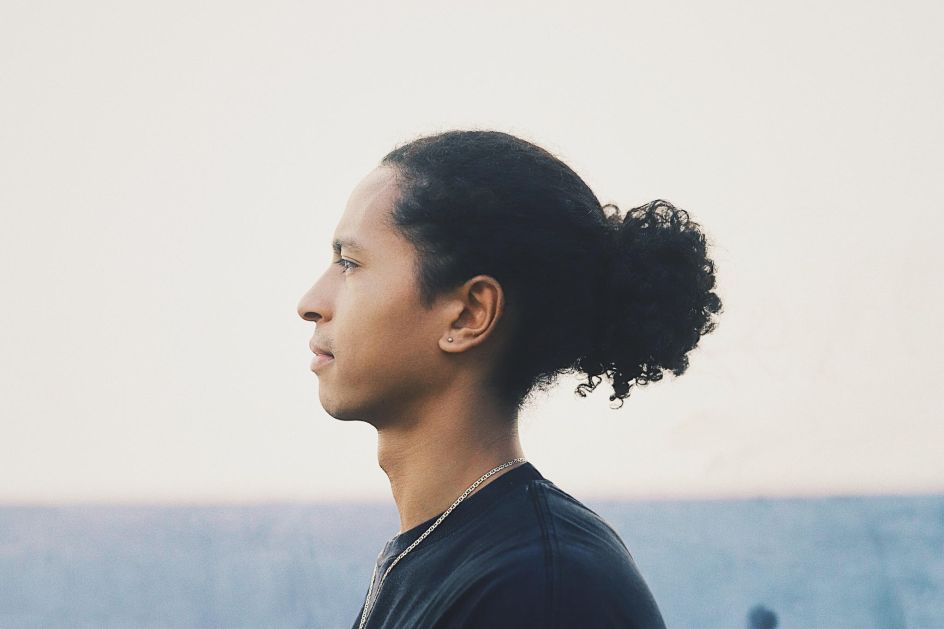
Self portrait © Taylor Alarcón
What's helped in getting your name out there? What marketing tips can you share?
I live by a saying: "Quality Over Clout". That is my belief that before marketing, social media followers or any sort of social clout, I have to ensure that the quality of the artwork I create is worth sharing. That's always step one – making strides towards perfecting my craft.
Beyond that, I must say something I had to get used to was talking about myself [in a business sense].
Working for a company, I learned the importance of product marketing and product management – creating, testing and sharing unique features of digital products and then getting them into the hands of consumers. With time, I've learned to treat my artwork no different. Understand your target audience, engage in virtual and physical communities, solicit feedback from anyone and everyone, get used to sending 50+ emails per day and, dare I say it, rely heavily on social media. While it can certainly be toxic, social media is the biggest online community there is.
The best advice I've heard and act on is not to try and be something you're not – people notice that very quickly and won't be interested in something that feels disingenuous.
Other critical elements: make a killer website, clean-up your LinkedIn, start a newsletter for those who want to stay engaged, share your work on a variety of platforms, don't be afraid to brag humbly, go all-in on pitch emails, and, most importantly, be honest and patient.
What other advice can you share to those thinking about leaving full-time jobs to become photographers?
One of my favourite quotes of all-time, one where I still do not know its derivation, is this: "Do something you're incredibly passionate about. Because to be successful, you have to work hard, no matter what you do. And you won't work hard unless you're passionate about what you do".
I'm still early in my career, having left my corporate job less than a year ago. Still, I can confidently say I've never been more passionate about what I do – identifying my core values and holding them close to my chest. I believe people know in their heart of hearts what they love and maybe even what they would like to do for a living – my thought is that everyone should at least give it a shot! Even if you decide later down the road that this isn't for you (priorities may change when you want a family or a want to buy a house, etc.), at least you won't regret having never tried.

 for Creative Boom](https://www.creativeboom.com/upload/articles/06/063686a9a3b095b9b1f0e95df917ed4bd342be1b_732.jpg)



 using <a href="https://www.ohnotype.co/fonts/obviously" target="_blank">Obviously</a> by Oh No Type Co., Art Director, Brand & Creative—Spotify](https://www.creativeboom.com/upload/articles/6e/6ed31eddc26fa563f213fc76d6993dab9231ffe4_732.jpg)
 by Tüpokompanii](https://www.creativeboom.com/upload/articles/58/58684538770fb5b428dc1882f7a732f153500153_732.jpg)








